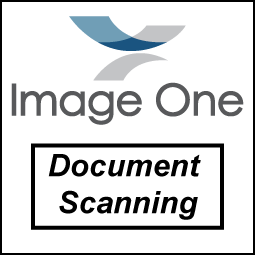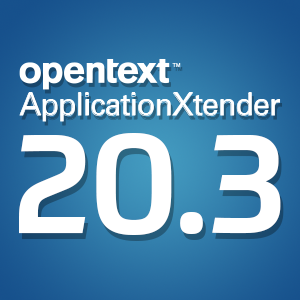Document Scanning Best Practices: Pick-Up & Prep
Monday, January 9, 2017As part of our Document Scanning Process Best Practices series, this blog post covers how the process begins.
Document pick-up, delivery and preparation all sound pretty straightforward but it’s still important for you to know that your documents will be handled with the utmost of care and our process can be compared with anyone else you’re considering for outsourcing your document scanning.
Pick-Up & Delivery of Files
Your documents to be scanned will be picked up at your location(s) and be transported to our service bureau facility in Tampa or Orlando. All files will be transported using one of our document transport vans. When documents arrive at Image One, they will be logged as received and entered into our inventory system so that they can be tracked. All documents when not in the document prep or scanning areas will be kept in our secure document storage area that is only accessible by a few key staff members and management.
In order to accurately ensure what files are picked up, we ask that a manifest or general document inventory list be prepared by your team as best as possible to identify what files are in what boxes. This makes it easy to verify what we are picking up and also eliminates any confusion going forward if a file cannot be located.
If your document scanning project is ongoing, files can be picked up weekly, biweekly, monthly, or at whatever frequency works best for your process and budget. At each pickup we will bring back any available empty boxes from the previous pickup so that they can be used for the next pickup. We will also bring back any previously scanned files if we are not doing the confidential destruction after scanning.
Document Preparation
Image One document preparation services include:
- Removing of staples and fasteners
- Repairing of ripped or torn pages
- Unrolling and unfolding of large format documents
- Shading of seals
- Re-positioning of post-it notes that may be covering information
- Taping of smaller than 8.5″ x11″ documents onto blank 8.5″ x 11″ pages
- Marking documents that are illegible
- Make copies of pages that are too thin or in a condition that would make them impossible to pass through a scanner
- Inserting of separator sheets between files and document types when necessary
- Verifying that target sheets are in the correct location
- Counting the number of files, number of pages per file, and the size of the pages and noting it on log sheet and batch header sheets so it can be compared to the number of pages scanned during the QC process
- Any other tasks required to make sure as many documents as possible can be scanned
The Image One staff will group documents into batches of equal size for easy tracking to facilitate any troubleshooting that may need to occur later in the process. A unique, sequentially numbered batch header sheet will be placed in front of each batch. Documents will be counted and the number written on the batch header sheet along with prepper’s initials and date. Batches of documents will be placed in boxes and labeled with a sticker signifying that they have not been scanned, the date, and batch numbers contained therein. At this point they will be moved into the scanning area.
Next Steps
For over 20 years, Image One has scanned a wide variety of document types for organizations throughout Florida from our Tampa and Orlando service bureaus and onsite at client locations. Over that time, we’ve optimized the document scanning process from pickup through scanning and QC to destruction.
Isn’t time you got rid of your paper? Request a quote from Image One today and you may find that your document scanning project may not be as large and as costly as you think, as we can help you determine what should be scanned, what shouldn’t and what can be destroyed today.
Contact us to learn more about our document scanning services today



